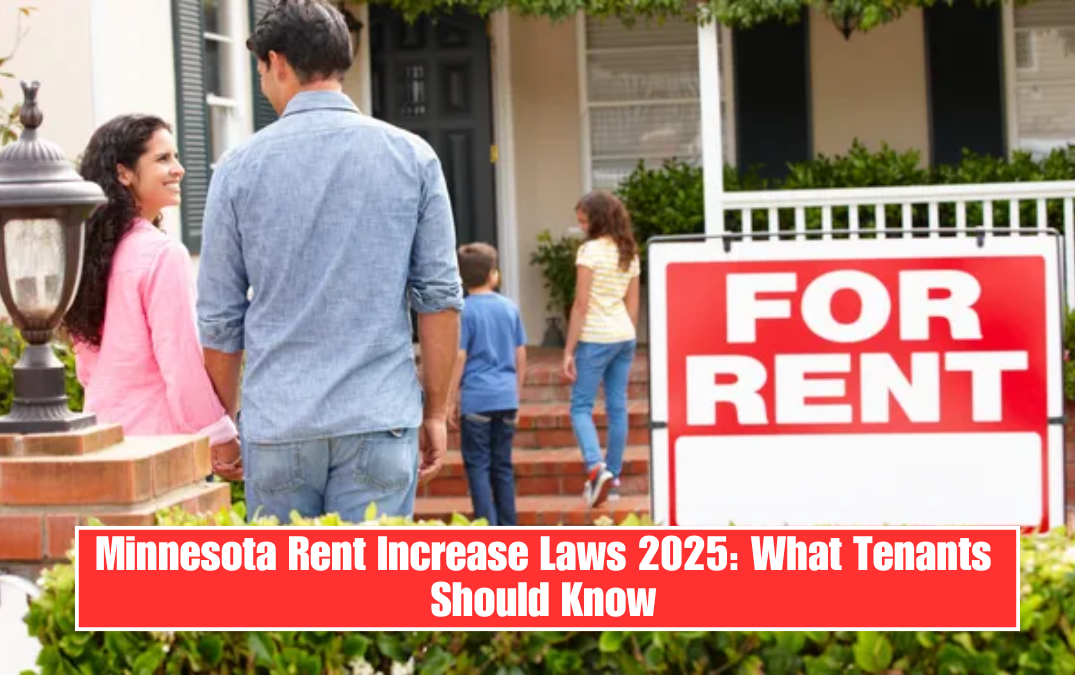Rent control is a rule that limits how much landlords can increase rent for tenants. While some states in the US, like New York, have strict rent control laws, others like Minnesota do things differently. If you’re a landlord or tenant in Minnesota, knowing the current rules can help you avoid legal trouble and confusion when it comes to rent increases.
In this guide, we’ll explain everything you need to know about rent control and rent increase laws in Minnesota in easy-to-understand language.
Does Minnesota Have Statewide Rent Control?
No, Minnesota does not have a statewide rent control law. This means landlords across the state are generally free to set their rent prices as they wish.
However, Minnesota does allow cities and counties to make their own rent control rules—but only if voters in that city or county approve them through an election.
Rent Control in Two Minnesota Cities
Minneapolis: Rent Stabilization Work Group
In 2021, voters in Minneapolis said “yes” to exploring rent control. As a result, the city created something called the “Rent Stabilization Work Group.” This group is working on a proposal that could limit rent hikes, but as of now, there are still no actual rules in place. That means landlords in Minneapolis can still increase rent as they wish—for now.
Saint Paul: Rent Stabilization Ordinance
Unlike Minneapolis, Saint Paul already has a rent control law in place. In November 2021, voters approved a law that limits rent increases to 3% per year. This applies to private residential properties.
Also, landlords can’t add extra charges for things like utilities to get around this rule.
Still, if a landlord feels the rent limit stops them from making a fair income, they can ask for an exception. To do that, they must prove that the new rent amount is fair and matches increases in costs like inflation. The city will look at different factors before deciding.
If a landlord applies for an exception, tenants will be informed. Both sides have the right to appeal the decision.
Rules for Raising Rent in Minnesota (Outside of Rent-Controlled Cities)
When Can Rent Be Increased?
If you’re not in a city like Saint Paul with rent rules, landlords can raise the rent for any reason. But they can’t raise it during a lease unless the lease says it’s allowed. Also, rent increases can’t be used to discriminate or punish tenants.
How Much Can Rent Be Raised?
There is no set limit on how much rent can be increased in most parts of Minnesota. Landlords can raise rent by any amount, as long as they follow the law.
Are There Exceptions?
Yes. Under federal law, landlords can’t raise rent for discriminatory reasons. This means they can’t change rent based on someone’s race, religion, gender, age, nationality, disability, sexual orientation, or family status.
Also, rent can’t be raised as a punishment—for example, because a tenant complained about a repair.
How Much Notice Should Be Given?
Landlords must give tenants notice before increasing rent. The notice period should match the rental payment period, but it can’t be more than three months.
If rent is paid every month, give one month’s notice. If rent is paid every two months, then two months’ notice is needed.
For mobile home residents, the law requires at least 60 days’ notice.
Understanding how rent control works in Minnesota is important whether you’re a tenant or a landlord. While the state doesn’t have a law that limits rent increases, cities like Saint Paul have their own rules. As more people talk about affordable housing, more changes might happen in the future. Always stay updated with your local laws, and if you’re a landlord, give proper notice and follow fair practices.














